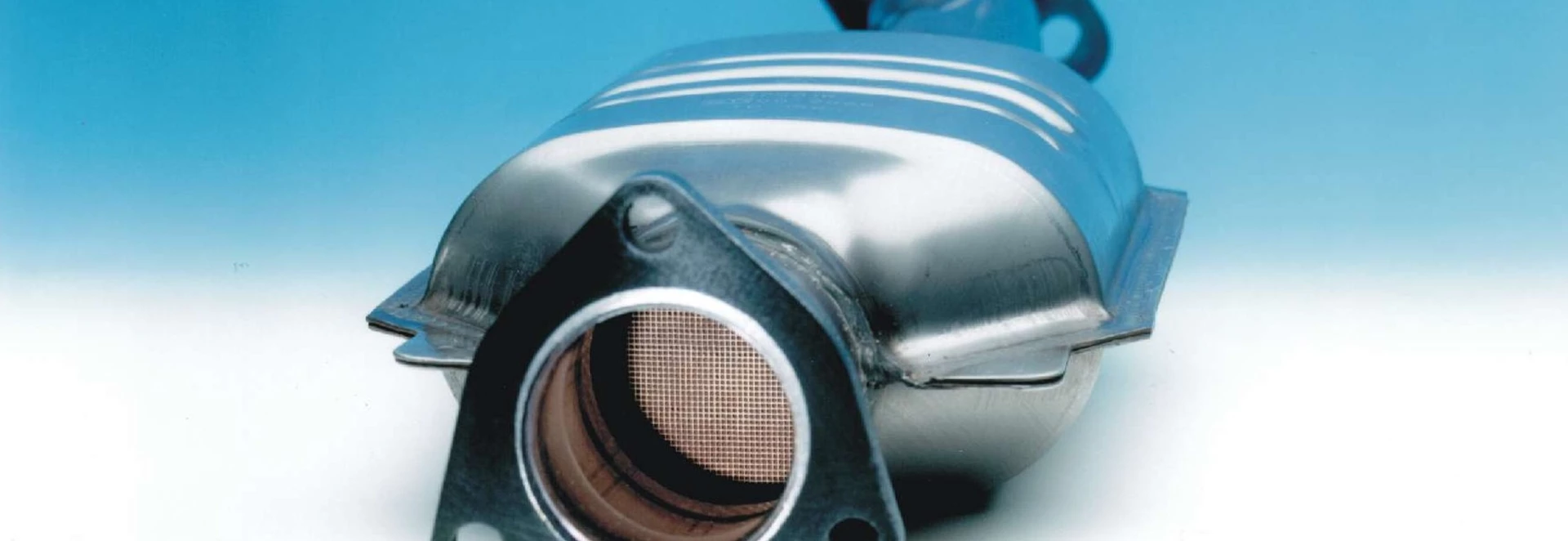A catalytic converter is a component which all cars driven by a petrol engine have been legally required to install since 1993. But what is it exactly and what does it do?
Catalytic converters (sometimes informally called ‘cats’) are used as part of a petrol car’s exhaust system and are designed to convert toxic emissions from the engine into less harmful ones.
Hydrocarbons, carbon monoxide and nitrogen oxides are harmful components which catalytic converters help remove. The job the catalytic converter has is similar to the one done by diesel particulate filters found in modern diesel-run cars.
How does a catalytic converter work?
A catalytic converter uses precious metals such as platinum, palladium or rhodium to create a chemical reaction with the exhaust gasses.
These chemical reactions mean that the gases that come out of a petrol engine which could potentially produce a harmful smog are changed. Certain components of the gases are converted into nitrogen and oxygen by the time they’ve passed through the converter and exit out the exhaust.
Carbon monoxide and hydrocarbons, which can both be particularly harmful to animals and the environment, are broken down and converted into carbon dioxide and water.
There is a stark contrast in emission readings when comparing a car with a catalytic converter next to one without such a device.
Are catalytic converters reliable?
Catalytic converters generally have a good life expectancy and should stay reliable for a long time. Having said that, they are still worth checking periodically as it is possible that issues with them can emerge.
If a catalytic converter does become faulty, then it could lead the car’s exhaust to pump out more emissions than usual and even decrease the car’s performance.
The most common problem that can occur is when excessive unburnt fuel in the exhaust causes the converter to reach extremely high temperatures, damaging the precious metals used to make it function. If this happens, the converter can become less effective, leading to more harmful gases escaping the exhaust.
The structure of the converter can also be damaged if it is blocked or undergoes rapid cooling, due to possibly being submerged in water for instance.
If the catalytic converter in your petrol car ever develops an issue, then a relevant warning light should appear on your dashboard. If you see this particular warning light, or you suspect there’s a problem with your catalytic converter anyway, then the best course of action is to take it to a garage for an inspection.




